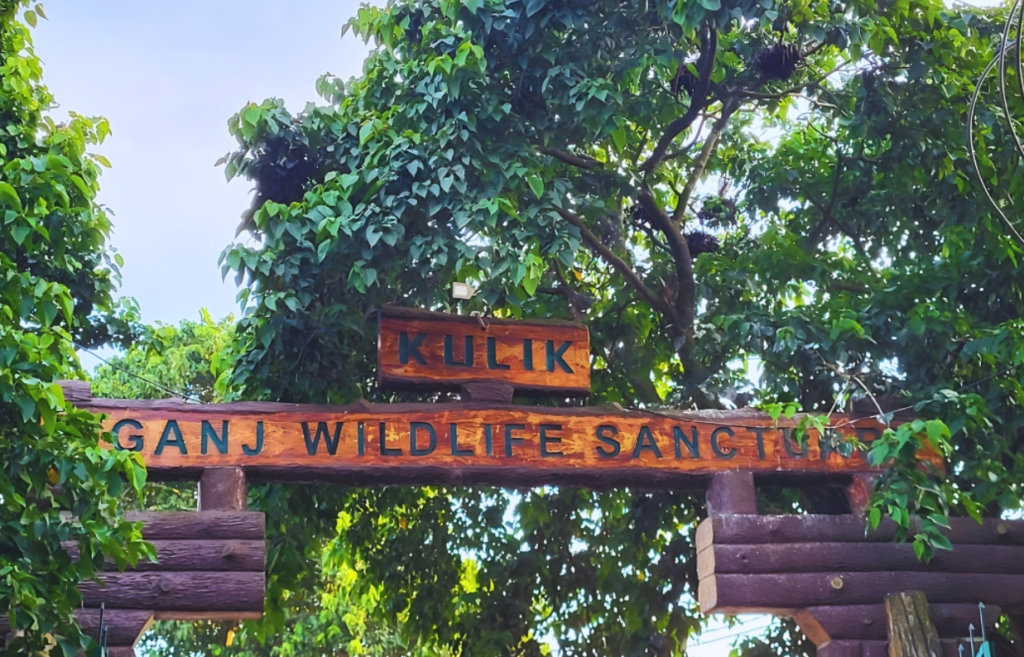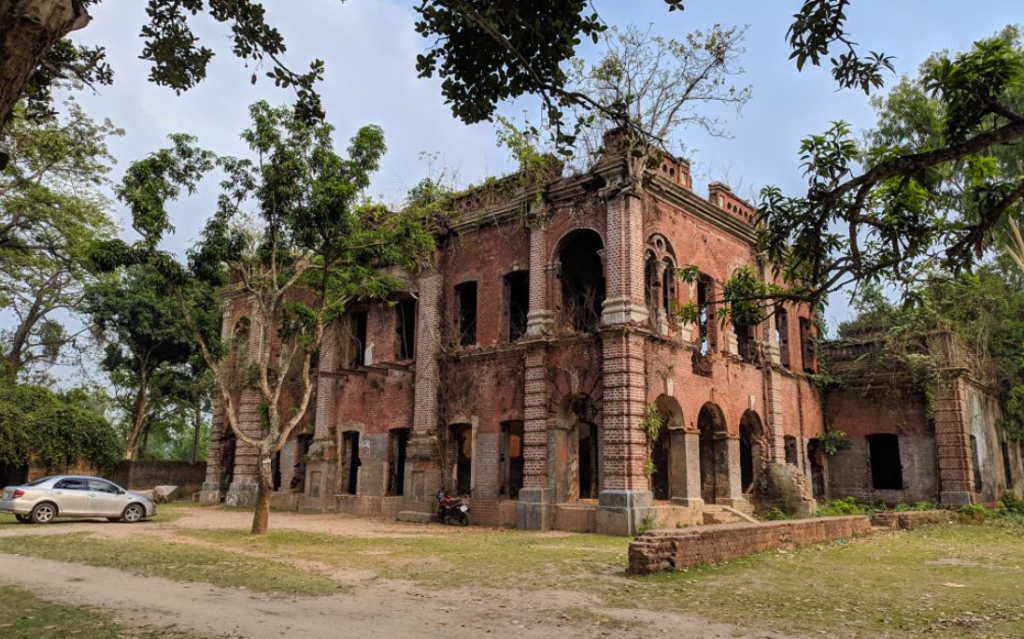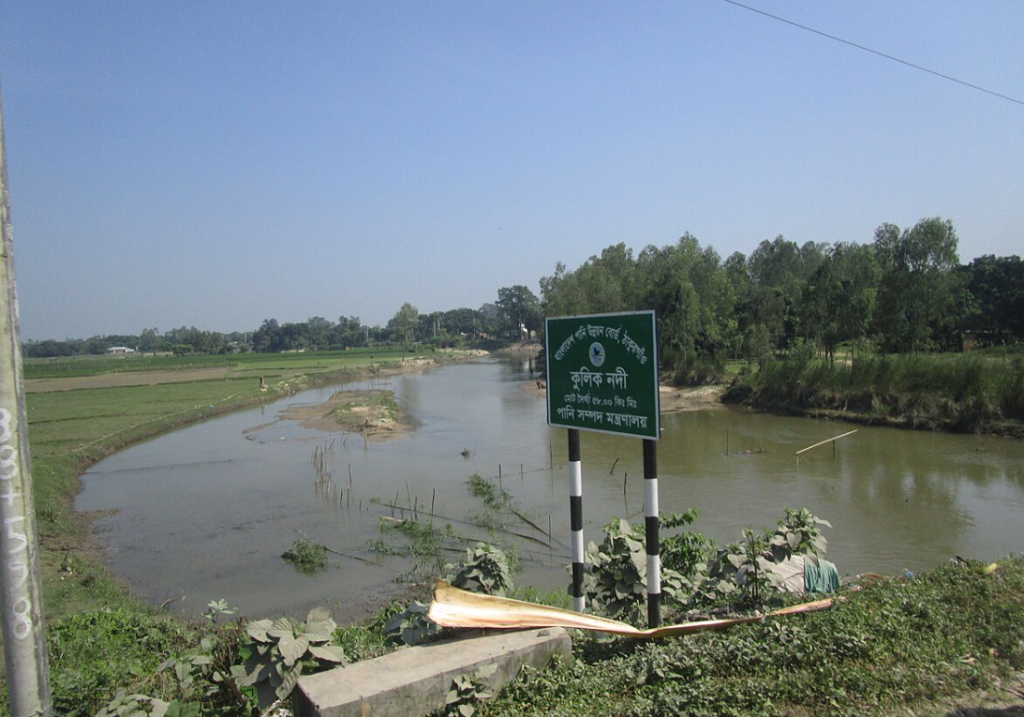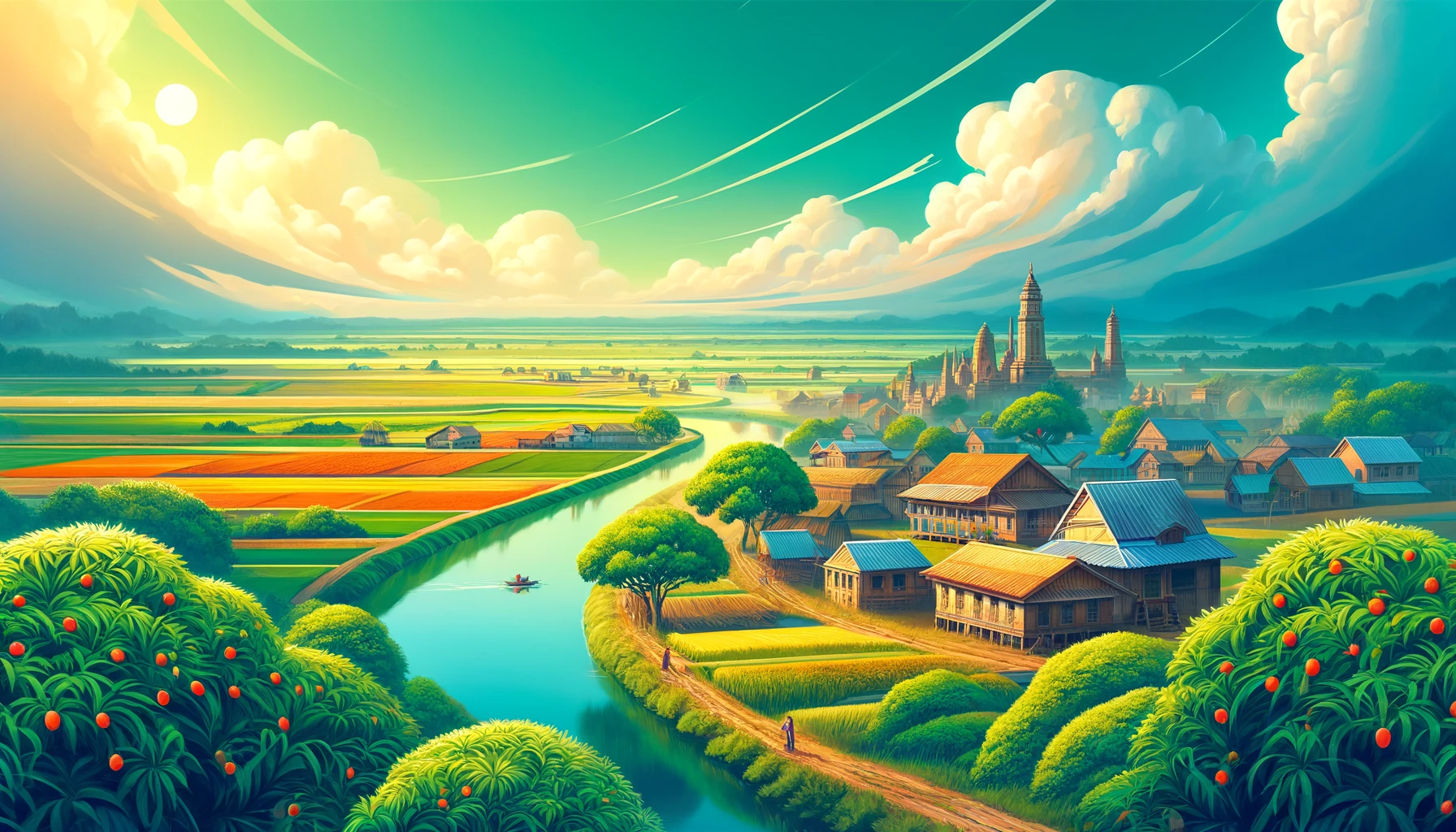Nestled in the far north of Bangladesh, Thakurgaon is a district of immense natural beauty, historical significance, and cultural richness. Known for its fertile lands, scenic rivers, and hospitable people, Thakurgaon offers a glimpse into the serene charm of rural Bangladesh. This district, which shares a border with India, is a testament to the harmonious coexistence of history, nature, and modern development.
Historical Significance
The history of Thakurgaon is intertwined with the legacy of ancient Bengal. During the Pala and Sena dynasties, this region thrived as a center of agriculture and spirituality. Over time, it came under the rule of the British East India Company, during which zamindars (landlords) contributed to the architectural and cultural landscape of the area. Today, remnants of those historical eras can still be found in the district’s archaeological sites and historical estates.
Geography and Climate

Thakurgaon is bordered by Panchagarh to the north, Dinajpur to the south, and India to the west. Its rivers, such as the Tangon, Kulik, and Nagar, flow through the district, nurturing its fertile plains and contributing to its agrarian economy. The district experiences a moderate climate, with warm summers and cool winters, making it a pleasant destination year-round.
Administrative Divisions
Thakurgaon is divided into five upazilas (sub-districts), each with unique attributes:
- Thakurgaon Sadar
The administrative and economic hub, Thakurgaon Sadar is known for its bustling marketplaces and vibrant community life. The town is also home to several educational institutions and government offices. - Pirganj
Pirganj is renowned for its agriculture and educational initiatives. It is also a center for community festivals and cultural activities. - Baliadangi
Known for its lush mango orchards, Baliadangi offers picturesque rural landscapes that reflect the essence of Bangladesh’s countryside. - Haripur
Haripur boasts historical landmarks, including ancient temples and remnants of British-era architecture. - Ranisankail
This upazila is rich in archaeological sites and religious heritage, with several temples that date back centuries.
Attractions in Thakurgaon

Jomidar Bari (Zamindar’s Estate)Thakurgaon
- Jomidar Bari (Zamindar’s Estate)
The Jomidar Bari in Thakurgaon Sadar is a prominent historical site that showcases the opulence and architectural finesse of the British colonial era. Visitors can explore the mansion’s intricate designs and learn about the history of the zamindar families who once ruled here. - Ranisankail Archaeological Sites
This upazila is dotted with ancient temples, including the Shiva Temple and Kali Temple, which highlight the district’s spiritual and architectural heritage. - Kulik River and Eco Park
The Kulik River meanders through the district, offering stunning views and opportunities for leisurely boat rides. The adjacent Kulik Eco Park is a haven for birdwatchers, particularly during the winter migration season. - Baliadangi Mango Orchards
Baliadangi is famed for its delicious mangoes, and the orchards here attract visitors during the mango season. The sight of mango-laden trees stretching over vast fields is truly mesmerizing. - Tangon River Embankment
The Tangon River embankment is a popular spot for picnics and relaxation. The serene environment and gentle river breeze make it a favorite destination for locals and tourists alike.
Famous Personalities from Thakurgaon
- Justice Habibur Rahman
A distinguished jurist and former Chief Justice of Bangladesh, Justice Habibur Rahman hailed from Thakurgaon. He was also an accomplished writer and historian, contributing significantly to the nation’s legal and cultural heritage. - Mahmudul Haque
Renowned for his contributions to Bangladeshi literature, Mahmudul Haque is a celebrated author whose works delve into the complexities of human relationships and society. - Shahriar Kabir
An eminent journalist, filmmaker, and human rights activist, Shahriar Kabir has roots in Thakurgaon. His relentless advocacy for justice and democracy has earned him national recognition.
Cultural Heritage

Kulik River
Thakurgaon is a melting pot of traditions and cultural practices. The district celebrates various festivals, including Durga Puja, Eid, and Pohela Boishakh, with great enthusiasm. Folk music, particularly Baul and Lalon songs, plays an integral role in the cultural identity of the region. Local artisans produce exquisite handicrafts, including bamboo and cane products, which are highly sought after.
Economic Contributions
Agriculture is the backbone of Thakurgaon’s economy. The district is known for producing high-quality rice, wheat, sugarcane, and mangoes. The sugar mills in Thakurgaon play a vital role in the country’s sugar industry. Additionally, the district’s growing small-scale industries contribute to its economic diversification.
How to Reach Thakurgaon
Thakurgaon is well-connected by road and rail. Regular bus services operate from Dhaka, Rangpur, and Dinajpur to Thakurgaon. The nearest railway station provides another convenient travel option. For international visitors, the nearest airport is in Saidpur, which is about 50 kilometers away.
Conclusion
Thakurgaon, with its blend of natural beauty, historical landmarks, and vibrant culture, is a district that deserves a spot on every traveler’s itinerary. From the serene Kulik River to the historical grandeur of the Jomidar Bari, Thakurgaon offers a unique and enriching experience. Whether you’re a history enthusiast, a nature lover, or simply seeking tranquility, Thakurgaon promises to leave you captivated.




